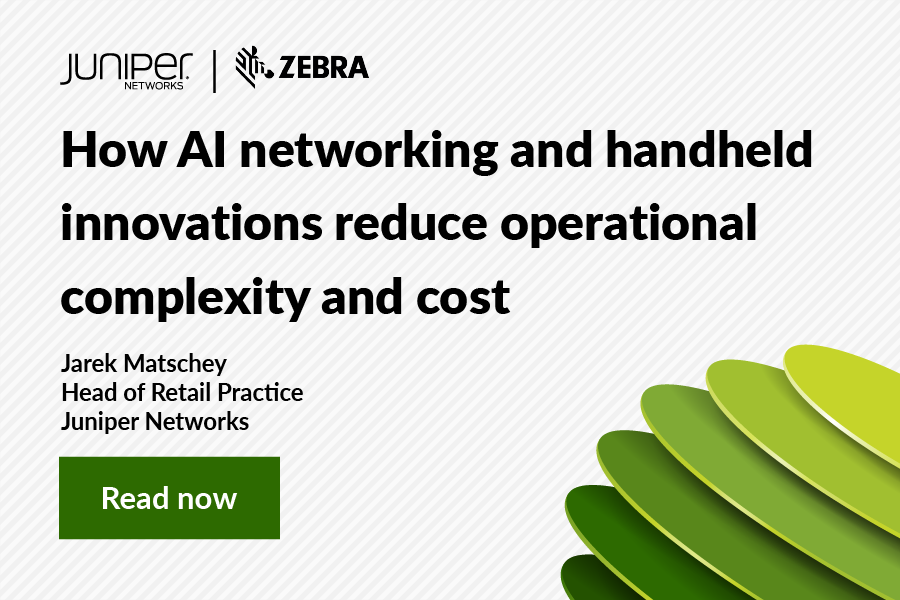How the AI-Driven Network Facilitates Equality and Diversity in Higher Education
Universities and colleges operate under unique conditions. They run enterprise networks for on- and off-site users that use consumer devices in residential environments and manage the complexity that comes with a new group of users each academic year. It’s also likely that they have research teams wanting to create their own networks for IoT devices (wired and wireless).
As if these challenges weren’t enough, in 2020 higher education establishments were forced to make unplanned, overnight changes to the way they operated. Now, many are taking their first steps toward adopting a hybrid approach to education and research – a practice that is set to become standard as higher education continues to adapt to the next normal, and accommodate the evolving needs of students, staff, and faculty.
Enabling the Hybrid Model While Addressing Technology Poverty
The hybrid approach blends traditional on-campus learning with virtual learning, which can take place anywhere: at home, elsewhere on campus or in halls of residence. It also includes hybrid teaching, where academics, teachers and professors spend 50 percent of their time on campus, delivering live and virtual classes, and 50 percent of their time working in a virtual environment from home. However, as moving to the hybrid model requires everyone involved in learning, teaching, and research activities to benefit from a consistently excellent online experience, this raises the issue of poor connectivity and technology being evidenced as problems that must be overcome.
Ensuring Equality of Experience Commensurate with Institutional Values
A university’s student charter or contract will include the institution’s commitment to equality, inclusivity, diversity, and accessibility: every student will be given the same opportunity for success. This is driven by the institution’s strategy and delivered through ethos, good practice, and appropriate design of the learning environment that it provides, whether physical or online.
When learning on campus, equal accessibility can be relatively straightforward to achieve, yet this changes dramatically when adopting the hybrid model. Any inequality within the virtualized experience can negatively impact teaching and learning, and technical poverty can severely impact the student’s opportunity and ability to succeed.
Network insights from Juniper Networks’ Mist AI platform enable higher education institutions to pinpoint areas for support helping to neutralise technical poverty and deliver equality across the virtual learning, teaching and research experience.
Educational Equality Requires Connectivity
Virtual learning environments (VLEs) need to be accessible from anywhere; video conference capabilities are vital. A fully connected and positive user experience is therefore essential for every student, staff member and visitor. Being aware of this requirement, many higher education bodies have implemented systems of financial support for those they know to be suffering from technology poverty, helping them to purchase better hardware, for example. But it’s not always the case that people will ask for financial aid, and it’s not always financial aid that is actually required.
The ability to identify who needs help – and what support they need – is therefore a huge advantage when addressing technology poverty to ensure an equal experience for all. The Juniper network, driven by Mist AI, makes this identification of need possible.
The AI-Driven Network Provides the Answers
The AI-driven network will enable universities to identify the individuals who require technology support and how they should be supported. That may mean providing expertise, mitigation and advice, or funding for a more suitable device.
Mist AI enables IT teams to not only recognize when a user is having a problem, it can also pinpoint where that problem lies. By plugging a Mist Access Point (AP) into a home router, it’s possible to effectively extend the university network right into the home (or other location), identify when a student’s experience of the network is sub-optimal, and why this is happening.
Juniper’s artificial intelligence and machine learning will measure 152 states of the client device to build a profile of the entire user experience, from the client device to the cloud. It’s then possible to see whether the user needs a replacement laptop, an upgraded internet connection, or expert support to overcome technical issues such as incorrect configuration.
Mist AI has a built-in Virtual Network Assistant, Marvis, that monitors the network and carries out proactive, automated remediation to continually optimize the user experience. It automatically troubleshoots issues to considerably reduce the IT helpdesk’s workload and correlates issues to identify and remediate anything that is affecting multiple users. For example, if a new software release leads to hundreds (if not thousands) of students having connectivity problems, it will either automatically correct the issue for all affected or share remediation instructions with them.
The outcome is an assured user experience that is aligned on and off campus to facilitate effective hybrid learning, teaching, and research. The ability to extend the AI-driven network direct to remote users not only delivers enterprise-level connectivity, but also enterprise-level security to every end user, protecting confidential data, research, and intellectual property. Furthermore, colleges and universities can now identify if and where that assured and secure user experience isn’t being achieved, and can reach out to offer the help that the individual needs to obtain equal access to the virtual services being offered.
Supporting Global Diversity Through Accessibility
Unparalleled accessibility enables the provision of virtualized learning, teaching, and research services to students, educators, and academics who are unable to travel or who live in other countries. This represents a significant global opportunity for universities and colleges to engage with new and diverse markets.
The ‘plug and play’ approach to installing APs for the AI-driven network includes automatic configuration, which makes deployment exceptionally easy. So APs can even be sent in the mail to an individual student – all they need to do is plug it in, wherever they are in the world. And on a wider scale, migration to the Juniper network becomes a straightforward exercise that won’t require thousands of expensive technical man-hours to be spent on repetitive configuration tasks.
Technology breaks down barriers and borders at every level, and the Juniper network driven by Mist AI enables higher education institutions to extend their reach and influence far beyond what was previously thought possible. It is truly the experience-first era of networking and higher education is a prime example of its potential!
Juniper Solutions for Higher Education
Access the Higher Education Lookbook.
Learn more about how the AI-driven network can be extended to remote locations


